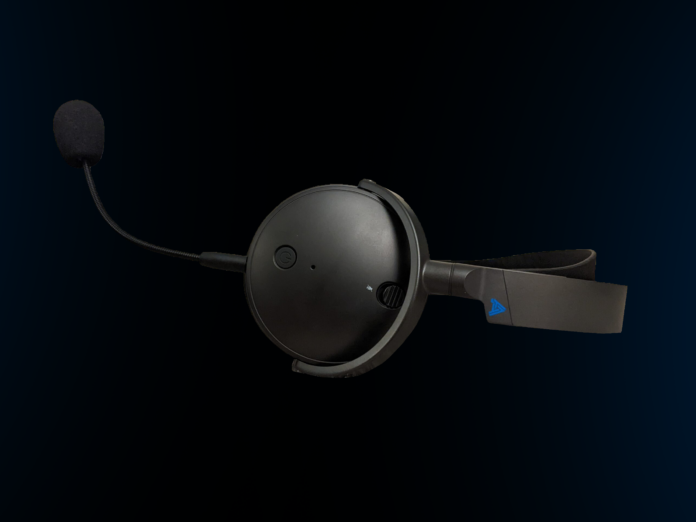Audeze Maxwell Wireless Gaming Headset Review
There is perhaps no stiffer competition in the headphone universe than what we see in the gaming headset space. Audeze already has some gaming units to show for: at the top of the line is the open-back, $899 LCD-GX, followed by the the $399 Mobius, a 3D audio gaming headset, and finally, the $299 Penrose, a wireless gaming headset. Joining the Audeze Penrose now is the Audeze Maxwell, sharing the same price tag and wireless appeal with a few significant upgrades and extra features. I’ll be using the Playstation edition of the Maxwell for this review. As usual, let’s take a look in the box, go over some technical and wireless features, and finally, see what the Audeze Maxwell sounds like and how it performs.
What’s In The Box?
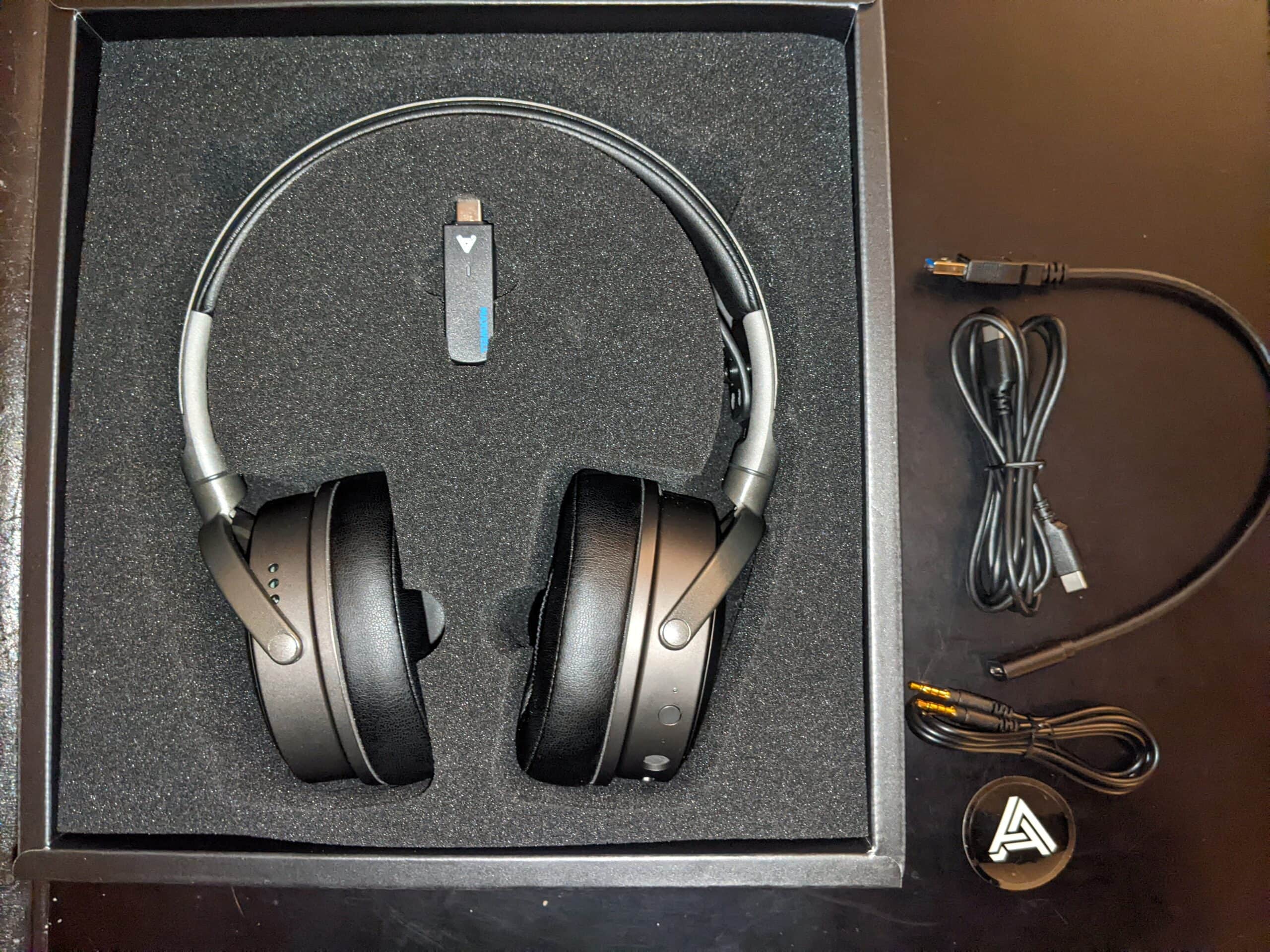
- Audeze Maxwell Gaming Headset
- USB-C Wireless Dongle
- USB-C Cable
- 3.5mm TRRS Analog Cable
- USB-C to USB-A Adapter
- Quickstart guide and warranty card
- Detachable boom mic
Look and Feel
The Maxwell is fairly chunky, and a bit heavy at around 450 grams, but these physical traits aren’t too unusual to see from gaming headsets in this price range. I thought the suspension headband distributed the mass well enough, but my issue here is that the headband uses a weird, cumbersome adjustment mechanism that I have no love for (see the picture below).
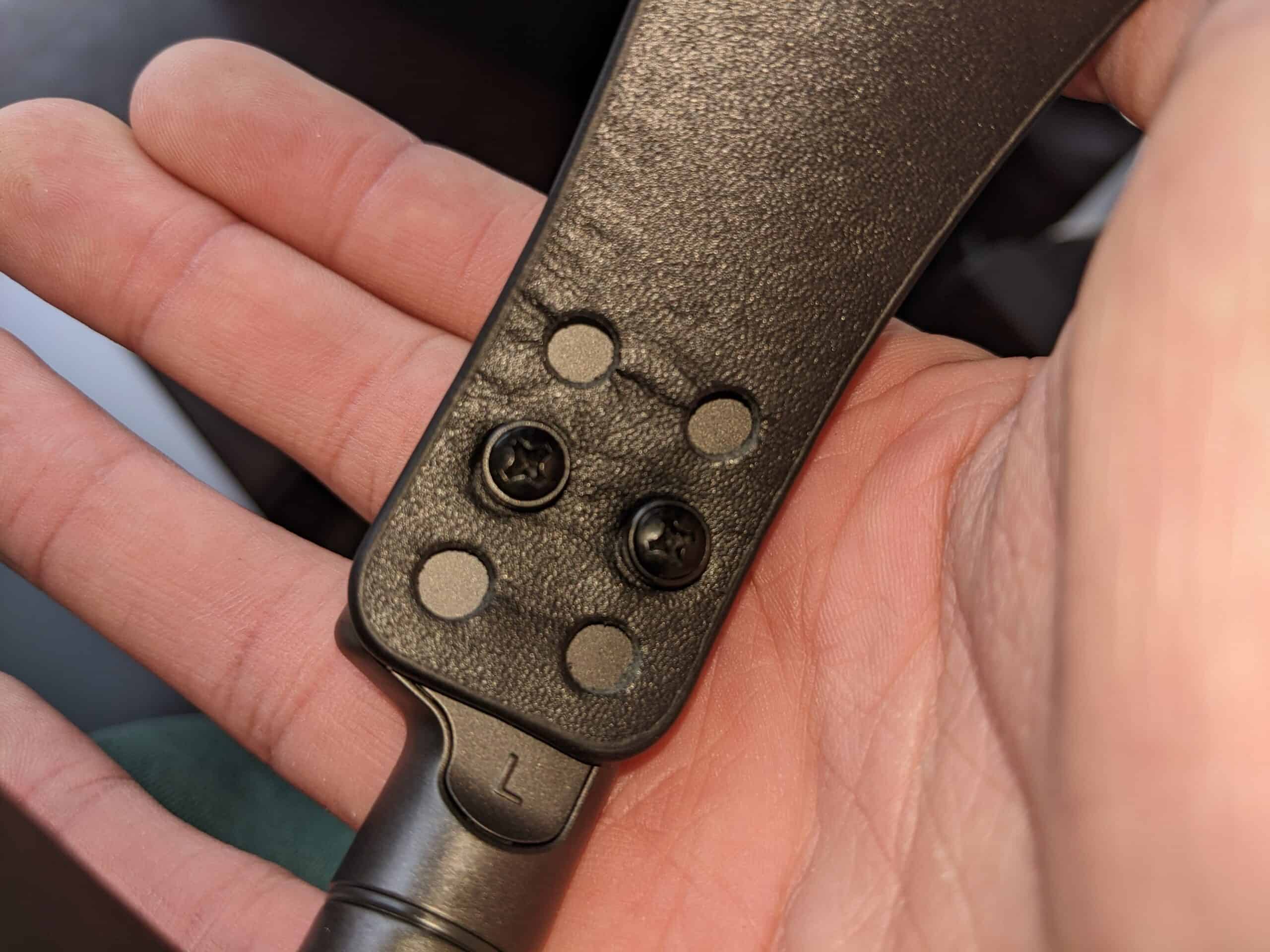
The ear pads are soft and cushy, and coupled well with a moderate clamp pressure that felt snug and cozy on my head. Though the pads do a lot to block out sounds and have a pleasant density, I found there was serious heat build up in the Maxwell’s chamber that I was reminded of every time I took the Maxwell off my head and felt the room-temperature air hit my ears with a cooling quality. My friend who was by my side during this review and trying the Maxwell with me at first remarked at how comfortable he found the headset, but 20 minutes later was complaining about the heat build up. It’s not entirely uncommon to see with gaming headsets which frequently feature pads that prioritize sound isolation before all else. Luckily, the pads are (very easily) detachable and thus replaceable for those who take issue with this quality.
The button layout on the headset was easy to use and felt pretty smooth. The playback volume and mic volume controls are on wheels that don’t fluidly slide but instead click into place in small, exact intervals. Overall, I don’t have much to say on button layout and the controls on the headset: they’re simple, precise, responsive, and didn’t feel cheap or plasticky.
Last thing I’ll note here is that I found the Maxwell’s swiveling cans to rest very comfortably and casually around my neck without any issue.
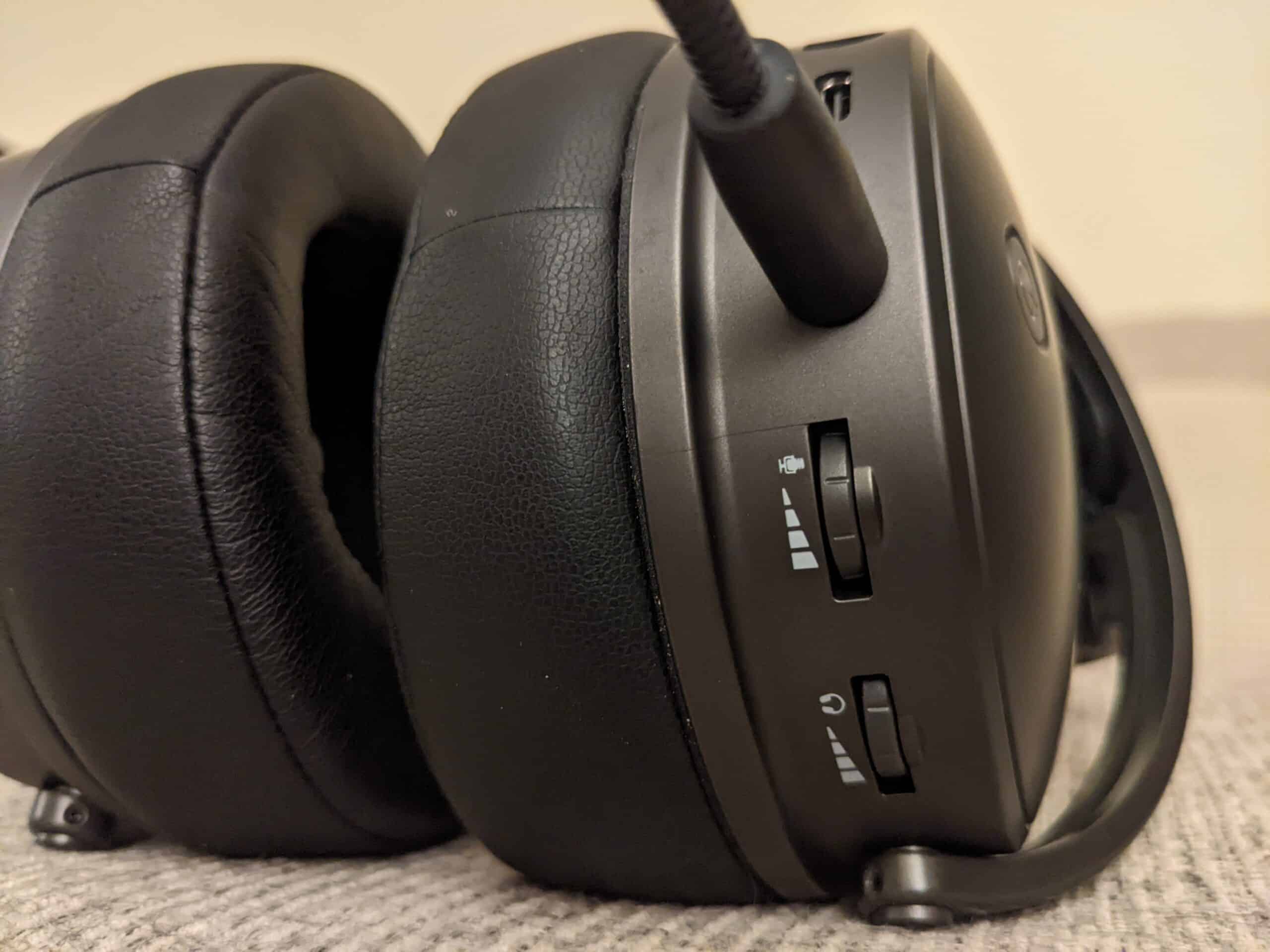
Technical Performance, Battery, Bluetooth, and Specs
The Audeze Maxwell’s battery holds an impressive 80 hours of playtime at a full charge, and a 20 minute quick charge gives a listener a day of play. That is far above the market average, and great to see.
Upon plugging the USB-C dongle into my PlayStation 5 and powering on the Maxwell, I connected instantly. This along with the strong battery made for a good out-of-the-box experience, as I didn’t have to charge the headset or go through any special pairing or download process to connect; just straight from the box to several hours of play.
As for the quality of wireless connections, pairing through the dongle provided a seemingly infallible connection. Whether it was plugged into my PlayStation, laptop, or phone, I could venture pretty far from my device, even turning corners, without experience drop out or jitters. Even the Maxwell’s non-dongle bluetooth connection was considerably strong, but I stuck with the dongle for this review as it seemed, to me, to be the “proper” way to listen with the Audeze Maxwell.
Transparency mode was fantastic, and provided a very high degree of realism that yielded absolutely no harshness or unnatural sounding imbalances. The clarity on the boom mic was just as impressive, with my PlayStation friend on the other end asking “Wow new mic?” the moment I started speaking. The AI powered noise isolation kept things clean and performed as advertised.
Though the Audeze Maxwell doesn’t have ANC, the first thing I noticed in the time between putting it on my head and turning it on was how much passive isolation it has going for it. I struggled to hear anything my friend 5 feet away from me was saying even while the headset was off. So while the pads made things a bit stuffy, they undeniably served their isolating purpose very well.
The Audeze Maxwell headset uses a rather large 90mm planar driver with neodymium magnets in a fluxor array. Large planar drivers are typically capable of carrying out clean and impactful low end frequency reproduction, making this a nice spec to see in a gaming headset.
Lastly for this section, the Maxwell has excellent wireless audio quality and keeps latency at an absolute minimum. Its LDAC capabilities allow it to transmit audio with a 96 kHz sample rate and 24 bit depth.
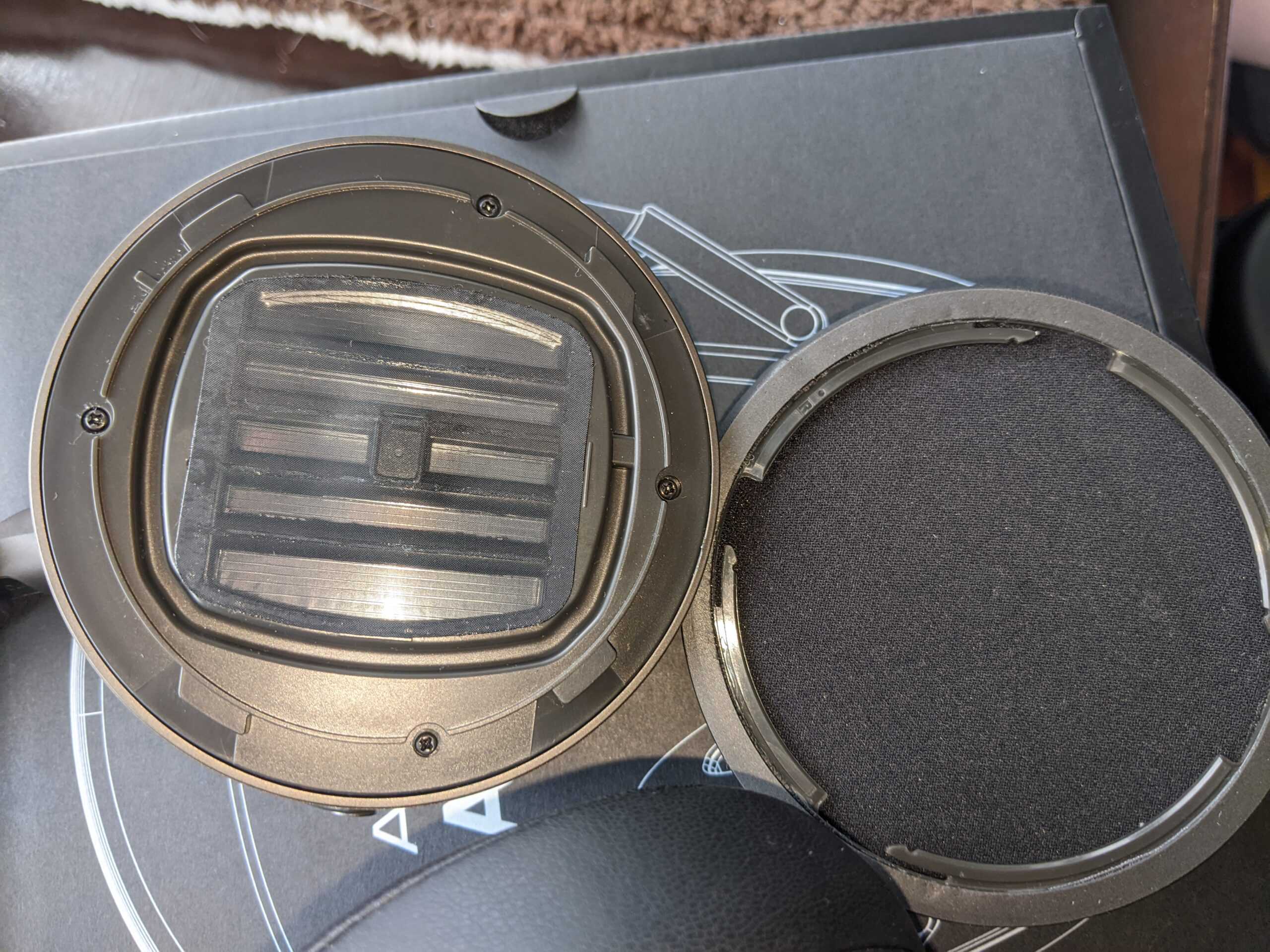
|
Spec |
Audeze Maxwell (PlayStation Version) |
|
Driver/Operating Principle |
90mm Planar Driver, Closed Back |
|
Connection Types |
Wireless, USB-C, 3.5mm Analog |
|
Wireless Connections |
Multipoint, LE Audio, LC3plus, LDAC, AAC, SBC |
|
Battery Life |
80 Hours |
|
Charge Time |
20 min quick charge for 25% battery, 2 hours for full battery |
|
Microphones |
(1) Detachable Shure Boom Mic with AI Powered noise suppression, (5) Beamforming on-board microphone array |
|
Frequency Response |
10 Hz – 50 kHz |
Sound Stage
My friend who was getting a bit bothered by the Maxwell’s heat retentive ear pads lightened up once his first match of Hell Let Loose began, which was when he turned to me and said “Ok the soundstage on these is pretty crazy.”
After letting him get his fill of supposedly riveting World War 2 realism, it was my turn to play what is obviously the undisputed greatest game of all time: Fortnite.
I share my friends sentiment: the soundstage on the Maxwell is crazy. It almost felt like I was cheating during the claustrophobic moments inside of houses and structures in early and late game. I could perfectly pin point other players footsteps and locations as I bravely camped with a shotgun on the edge of a staircase. The soundstage was also a fundamental part of my strategy in dizzying build battles, where it was exceedingly easy to determine not only if a player was above or below my structures, but how far above or below me they were. I still ended the night without a dub, which I regretfully can’t blame on the Maxwell.
Playing The Last of Us Pt. II was one of my favorite gaming experiences that I had with headset. The expansive soundstage and prominent treble balance (more on that later) had me thoroughly creeped out as it added vast and realistic detail in the ambient and echoing indoor environments. The zombies called “Clickers” in the game sounded all the more chilling, as their ambiguous bodily sounds took on an extra “wet” sounding character that could be heard, nearly felt, bouncing around the empty walls of abandoned buildings with a hyper-realistic spatial character.
In more technical terms, the Audeze Maxwell provided adequate width, but where it really excelled was in its height, depth, and “behind the head” capabilities. As useful as this is for gaming, the headphone nerd in me is even more impressed. It’s rare to come across a wireless headphone with such impressive imaging, or a closed back headphone with this large and dynamic of a stage. It contributed to expanding the Maxwell’s appeal beyond just gaming, and made it a fun headphone for casual music listening as well – but more on that in the next section.
Balance
As one might expect from a balance on a gaming headset, the Audeze Maxwell finds much of its defining characteristics in its bass. More than anything, what stood out to me with its low end was its smooth yet utterly thunderous sub-bass. I’d go a step further and say that the subs are in the spotlight even when looking at the entirety of the Maxwell’s balance. It almost goes without saying that this was great for delivering impactful gunshots and explosions. Its also increased the presence of footsteps, which works together with the Maxwell’s exceptional imaging for a deadly combo against my online opponents. I’ve tried other headsets (admittedly much cheaper ones) that pack subs into their balance, but it’s done somewhat thoughtlessly and lazily, losing definition and dynamics by overshadowing timbre details with big, nondescript, and frankly stupid sounding sub bass farts. The Audeze Maxwell handles its big sub energy with much more class. An impressive driver speed is made evident in the midst of its bombastic low end, reproducing the textural energy details that are frequently present in explosions and impacts.
Past its powerful and detailed low end, we’re looking at a “V” shape tuning for the rest of the signature. Speaking past the audio people reading this and directly to the gamers who might be new to these terms, a “V” shape tuning is just to say that the Audeze Maxwell has an amplified low end, a recessed mid range, and amplified treble. This tuning works very well in-game and sweetens dynamics: in-game dialogue comes through slightly attenuated, while sound effects and footsteps come vividly blasting through the balance, finding clear detail in the Maxwell’s treble boost and exciting energy in its boosted lows. Sounds like reloading, horse-riding, and doors opening/closing found a satisfying, clicky crispness.
For casual music listening, I find the significant difference between the mid range and treble amplitudes a bit unnatural. Going with more gaming oriented electronic genres, the Audeze Maxwell’s low end didn’t disappoint – as I’ve all but outright said so far, the Maxwell’s low end is its golden child that I only ever appreciated during my uses/listens. However, when listening to Daft Punk’s album Discovery, I found synths were overemphasized in their treble due to the recession in the mid range. While low end parts like basses and kick drums were coming into mixes with impactful and detailed timbres, synths were a little heavy on their edgy sizzle and lost much of their thicker body in the mids. And while it may be a little bit of a stretch to start listening to Fleet Foxes with a gaming headset, I did it anyway just to test the limits of the Audeze Maxwell. No, it wasn’t an ideal balance, and vocals came across sounding a little thin, but was it bad? No, I can’t say that it was. It got the job done, and even if the balance isn’t the most ideal for eclectic listening, the soundstage carried it and performed as well for music as it did for games.
Overall
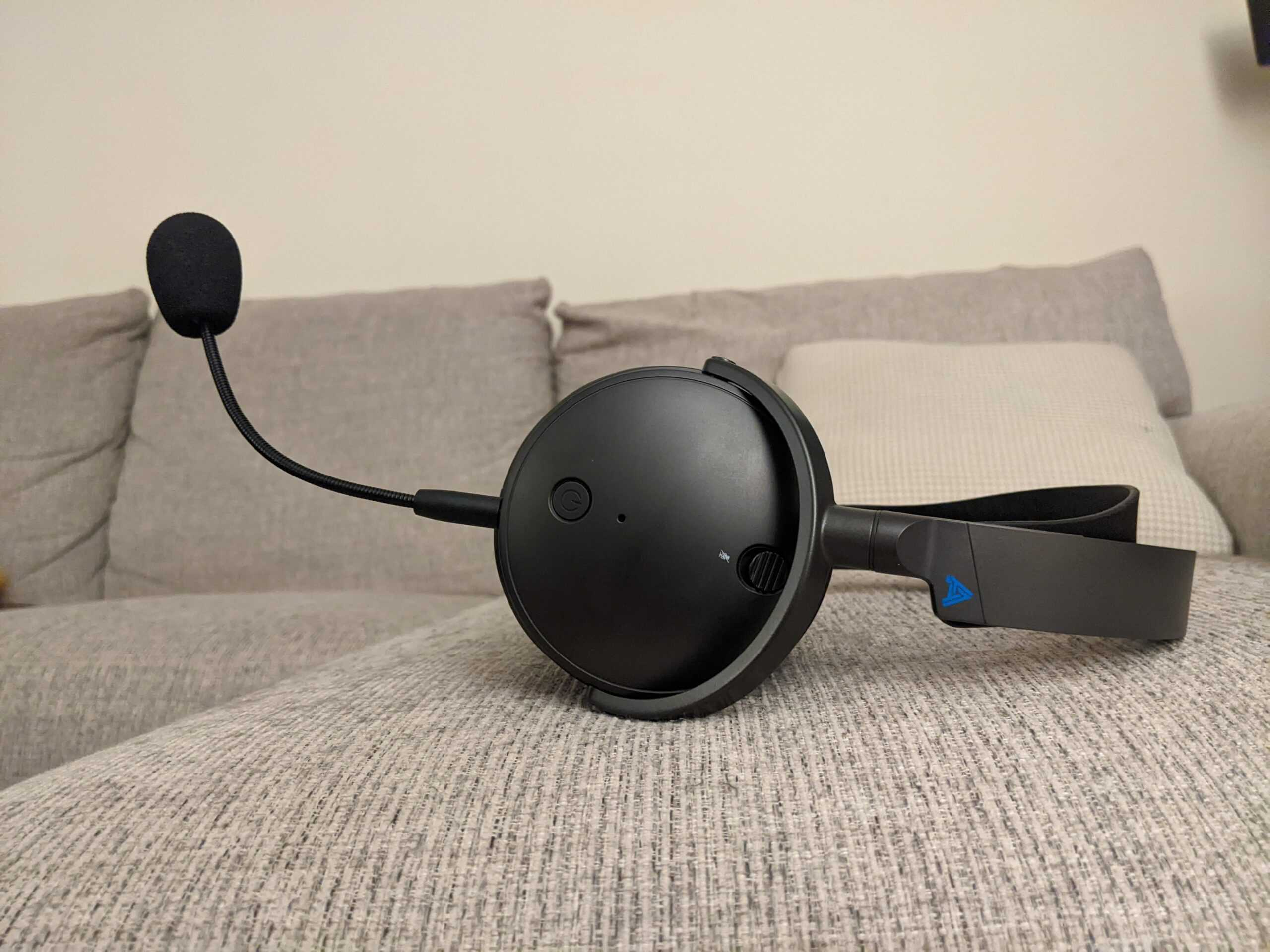
For $299, the Maxwell is offering a lot. The highlights for the headset come from its battery life, vivid and useful imaging, satisfying balance, very solid connections and microphone clarity. Though I would qualify the Audeze Maxwell as being much more specifically geared towards gaming than more casual and universal use, it’s a gaming headset that can still do both if you want it to. Despite the small issue I had with heat build up, I would ultimately say that the Maxwell is a headset that is easy and worthy of wearing for hours at a time for a genuinely immersive gaming experience. Worth its price? Pretty easily so, my friends who tried it with me don’t want to let it go.
You can purchase the Audeze Maxwell Wireless Gaming Headset here from Audio46.
|
Pros |
Cons |
|
Powerful and detailed low end |
Earpads can get stuffy |
|
Crisp highs that adds a satisfying tactile element for gaming |
Treble can sound a little unnatural for casual music listening |
|
Excellent, easy, and high quality wireless connection |
Weird headband adjustment mechanism |
|
Virtually no latency |
|
|
Expansive soundstage with very precise imaging |
|
|
Great microphone clarity |
|
|
Fantastic battery specs |
Compare the ranking of various headphones, earbuds and in-ear monitors using our tools.
Discuss this, and much more, over on our forum.
---MAJORHIFI may receive commissions from retail offers.


